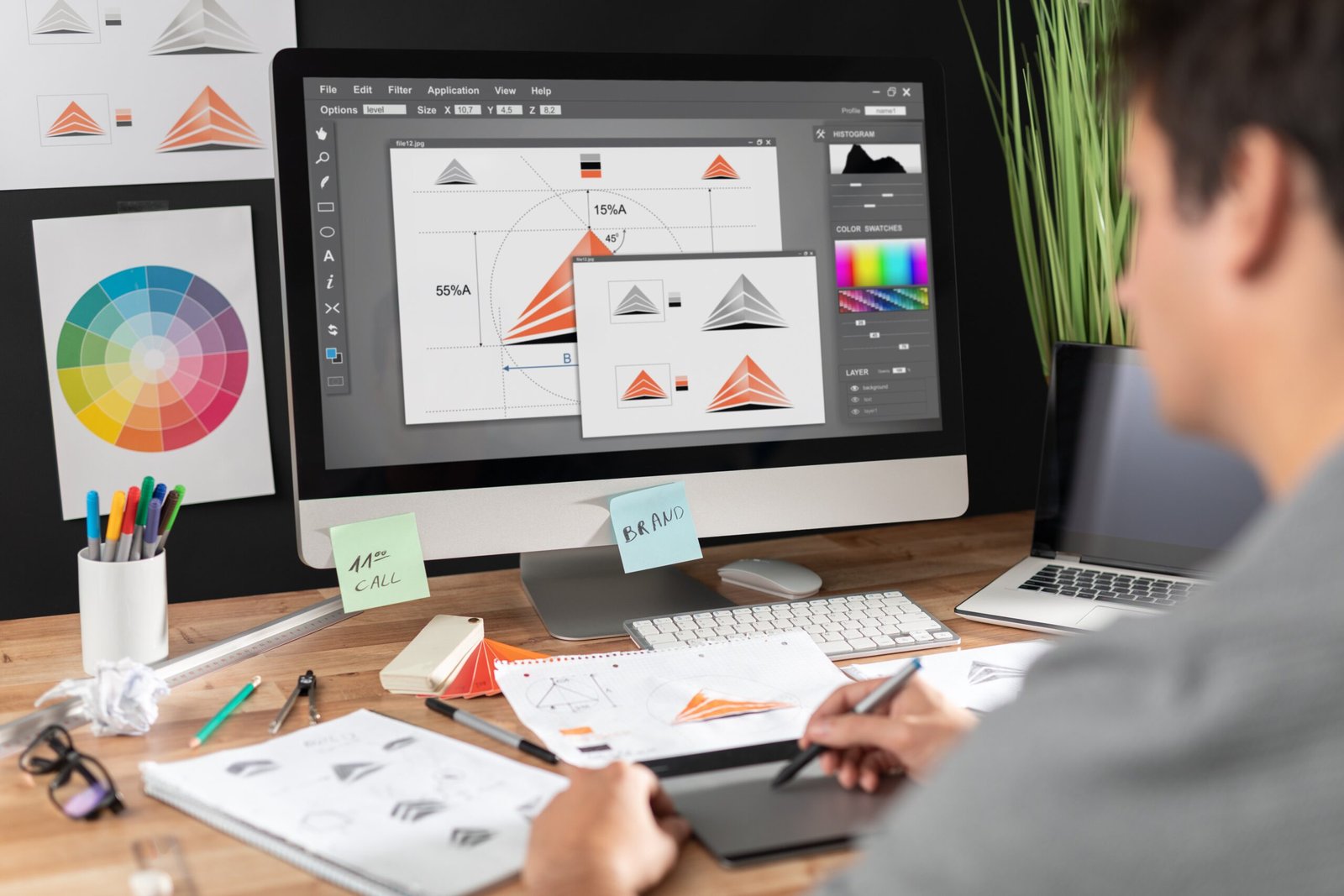The Basics of Motion Graphics
Motion graphics refers to the combination of graphic design and animation to create visually engaging and dynamic content. It involves bringing graphics to life through movement, adding elements of time, and creating an immersive visual experience. Here are some basics of motion graphics:
- Design principles: Motion graphics follow the same design principles as static graphic design, including layout, typography, color theory, and composition. However, in motion graphics, these principles are applied in a way that takes into account how elements will move and interact with each other.
- Storytelling through movement: Just like in traditional animation, motion graphics allows for storytelling through movement. It involves conveying messages, emotions, and narratives through the manipulation of visuals and timing. Creating a compelling storyline or concept is crucial to engage and captivate the audience.
- Keyframe animation: Motion graphics heavily rely on keyframe animation. Keyframes are specific points in the timeline where an animator defines the position, scale, rotation, or any other attribute of an element. By setting keyframes at different points in time, the animator creates smooth and dynamic movements.
- Timing and pacing: Timing is a critical element in motion graphics. The speed, duration, and rhythm of animations significantly impact how the audience perceives the visual content. Animators consider the timing and pacing of each element to ensure that the motions are aesthetically pleasing and effectively communicate the intended message.
- Visual effects and transitions: Motion graphics take advantage of various visual effects and transitions to enhance the overall design and create seamless animations. These effects include fades, wipes, transitions, and various other techniques that give the designs a polished and professional look.
- Motion graphics software: To create motion graphics, animators use software such as Adobe After Effects, Apple Motion, or similar programs capable of handling animation and effects. These tools provide a wide range of features and options, allowing animators to bring their designs to life with precision and creativity.
- Sound design: Sound plays a crucial role in motion graphics. Adding music, sound effects, or even voiceovers can enhance the audience’s immersion and emotional connection with the visuals. Careful consideration of audio elements is important to synchronize them with the motion graphics and create a harmonious experience.
Motion graphics have gained popularity across various industries, including advertising, marketing, film, television, and online media. They are effective in communicating complex ideas, creating visually appealing content, and capturing the audience’s attention. By combining graphic design, animation, and storytelling techniques, motion graphics have become a powerful tool for visual communication and storytelling.



